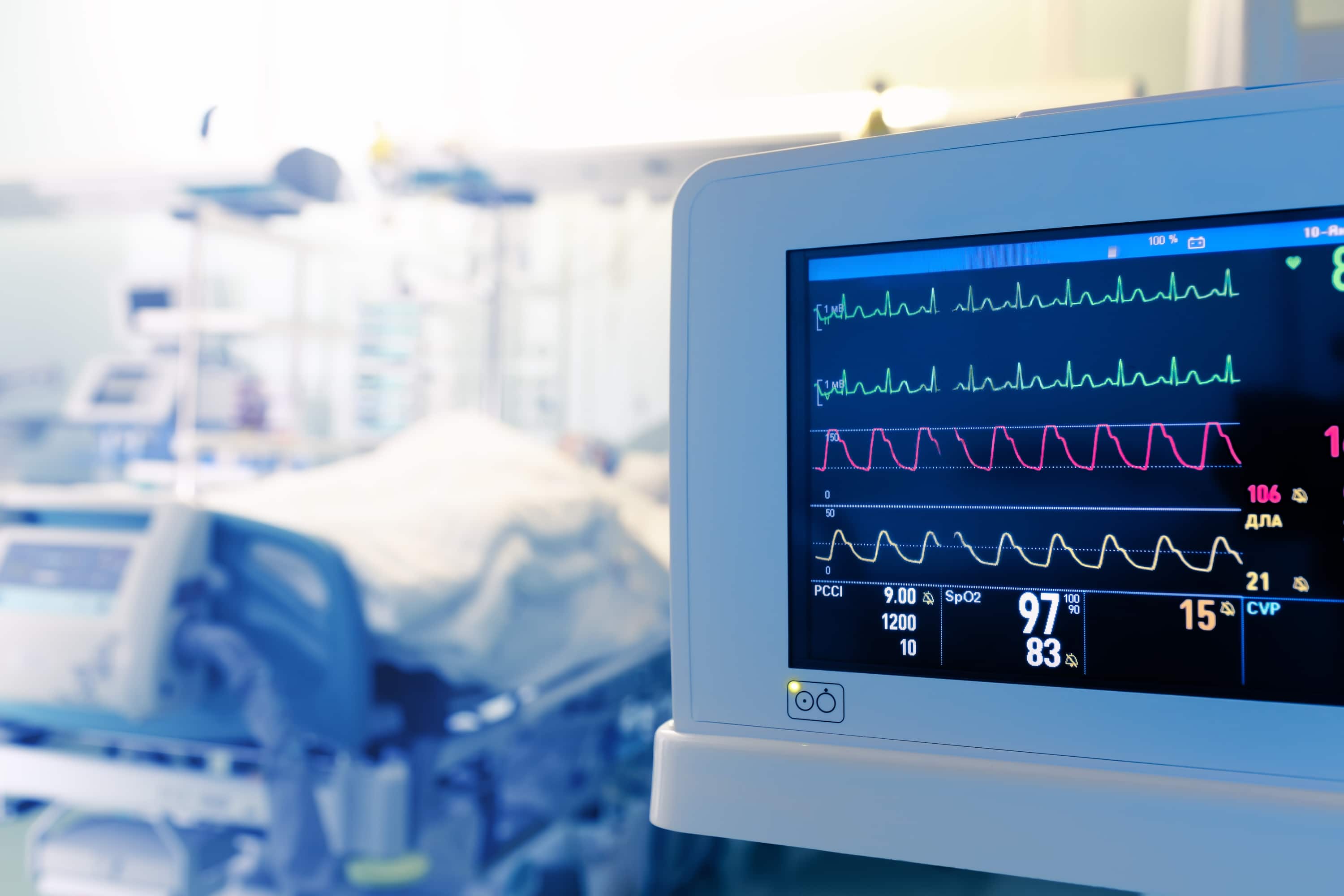
A recent topic of interest is the utilization of “deep” neuromuscular blockade and its improvement of surgical conditions, particularly during laparoscopic cases where the surgical workspace is limited and subtle movements of the diaphragm may affect visibility and technical performance. Deep neuromuscular blockade is often compared to “moderate” neuromuscular blockade, however the definitions of both seems somewhat variable depending on whom you talk to. Some define deep blockade as zero twitch in train of four monitoring, others use it to designate 1-2 twitches. Moderate blockade is even less consistently defined, with some simply characterizing it as the administration of neuromuscular blockers without consistent monitoring.
Regardless of definition, there now exists a compelling body of evidence that surgeons can tell the difference between deep and moderate neuromuscular blockade in terms of improved surgical conditions, though the effect is not the same across all surgery types and is not unanimously reflected in all studies.
An interesting perspective was presented by anesthesiologists from the Netherlands at Anesthesiology 2017, and subsequently published in their paper: Boon et al described a retrospective study of retroperitoneal laparoscopic urology procedures examining whether deep neuromuscular blockade affected postoperative outcomes. Patients either received high dose rocuronium (1mg/kg followed by a continuous infusion targeting 1-2 twitches on train of four monitoring) or low dose rocuronium (0.4mg/kg at induction, no continuous infusion, no consistent train of four monitoring). In the former, all patients received sugammadex for reversal, while the latter received either sugammadex or neostigmine. The high dose rocuronium group (deep neuromuscular blockade) had significantly lower rates of unplanned readmission in the first 30 days following surgery.
In their discussion, the authors addressed that the mechanism for deep neuromuscular blockade reducing 30-day unplanned readmission was unclear. The readmissions in question did not involve the pulmonary system, therefore lending less credence to the hypothesis that the difference was due to superior reversal by sugammadex or better monitoring of depth of neuromuscular blockade in the high dose rocuronium group. Rather, the readmissions involved were largely due to postoperative surgical complications, including infections or anastomosis leak. The authors theorized that the improved surgical conditions offered by deep neuromuscular blockade resulted in better technical performance and therefore fewer surgical complication resulting in readmission.
Notably, the researchers found no difference between the deep and moderate neuromuscular blockade groups in terms of duration of anesthesia, duration of procedure, use of vasoactive medications, vital signs, or bispectral index.
It is compelling to suggest that deep neuromuscular blockade intraoperatively can lead to cost-saving measures and lower readmission rates postoperatively. Further study is needed to elucidate the mechanism of these benefits.
Reference
http://journals.plos.org/plosone/article?id=10.1371/journal.pone.0197036

